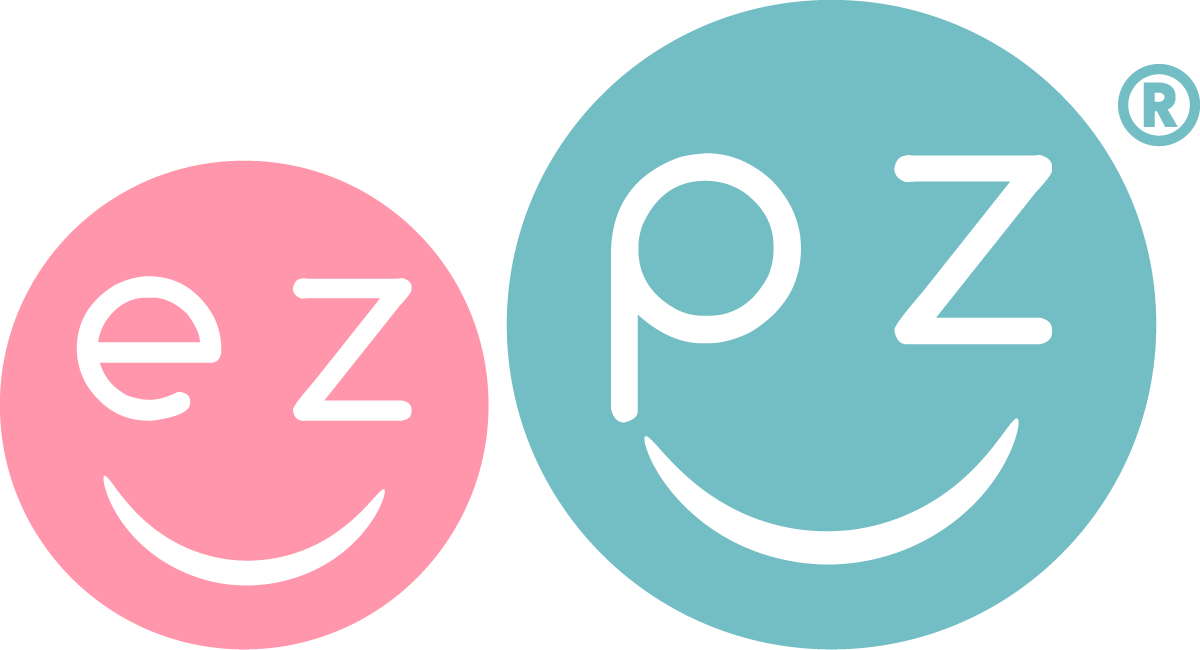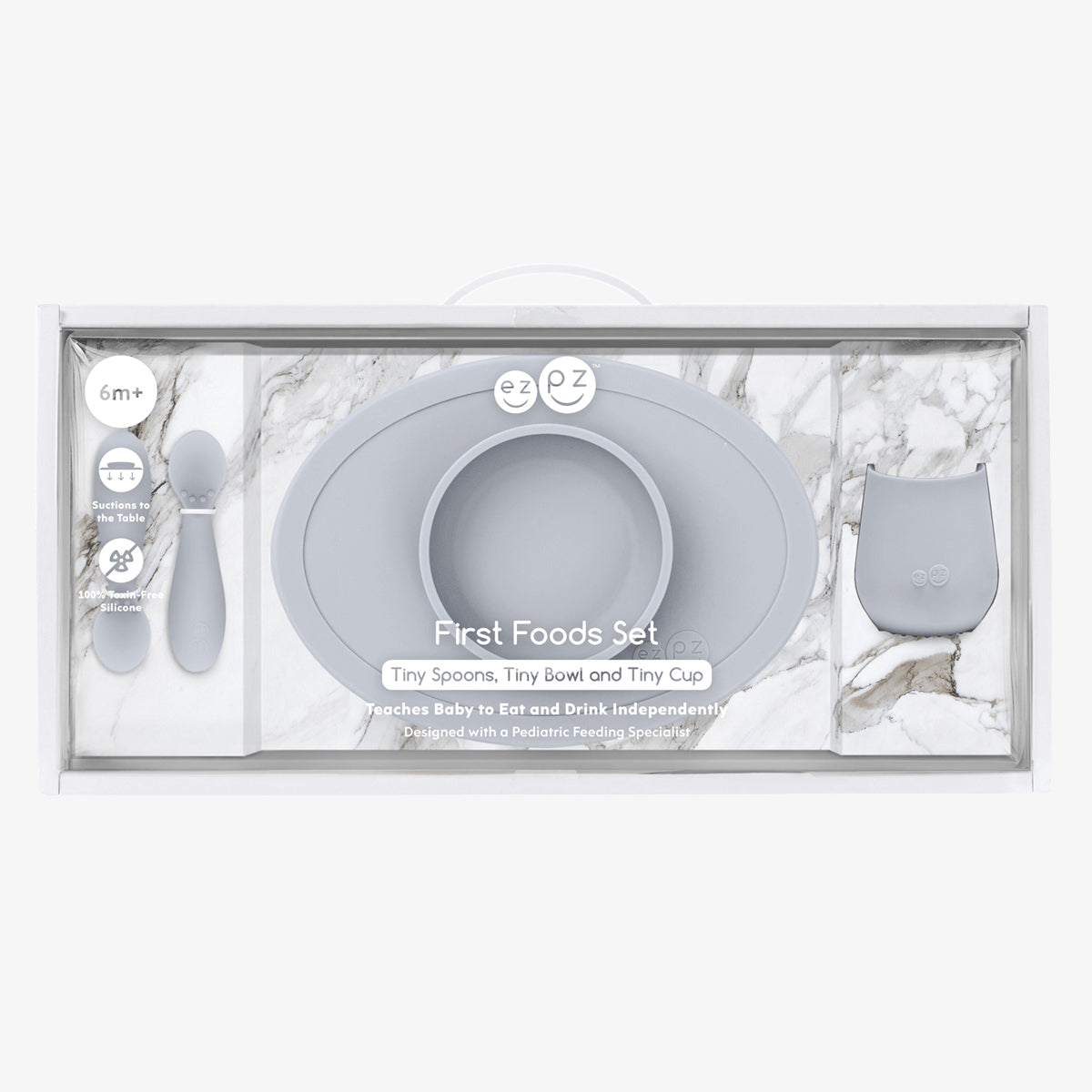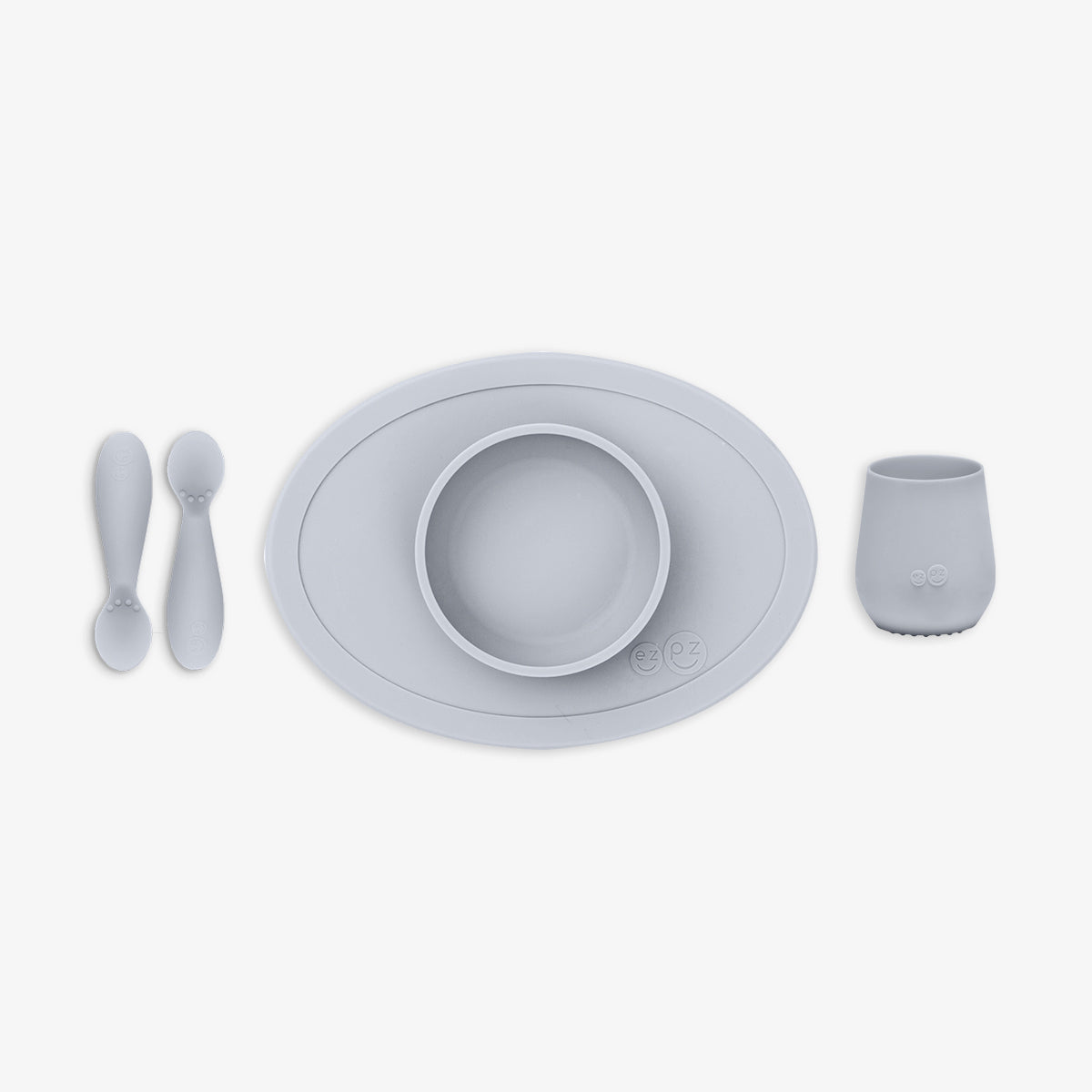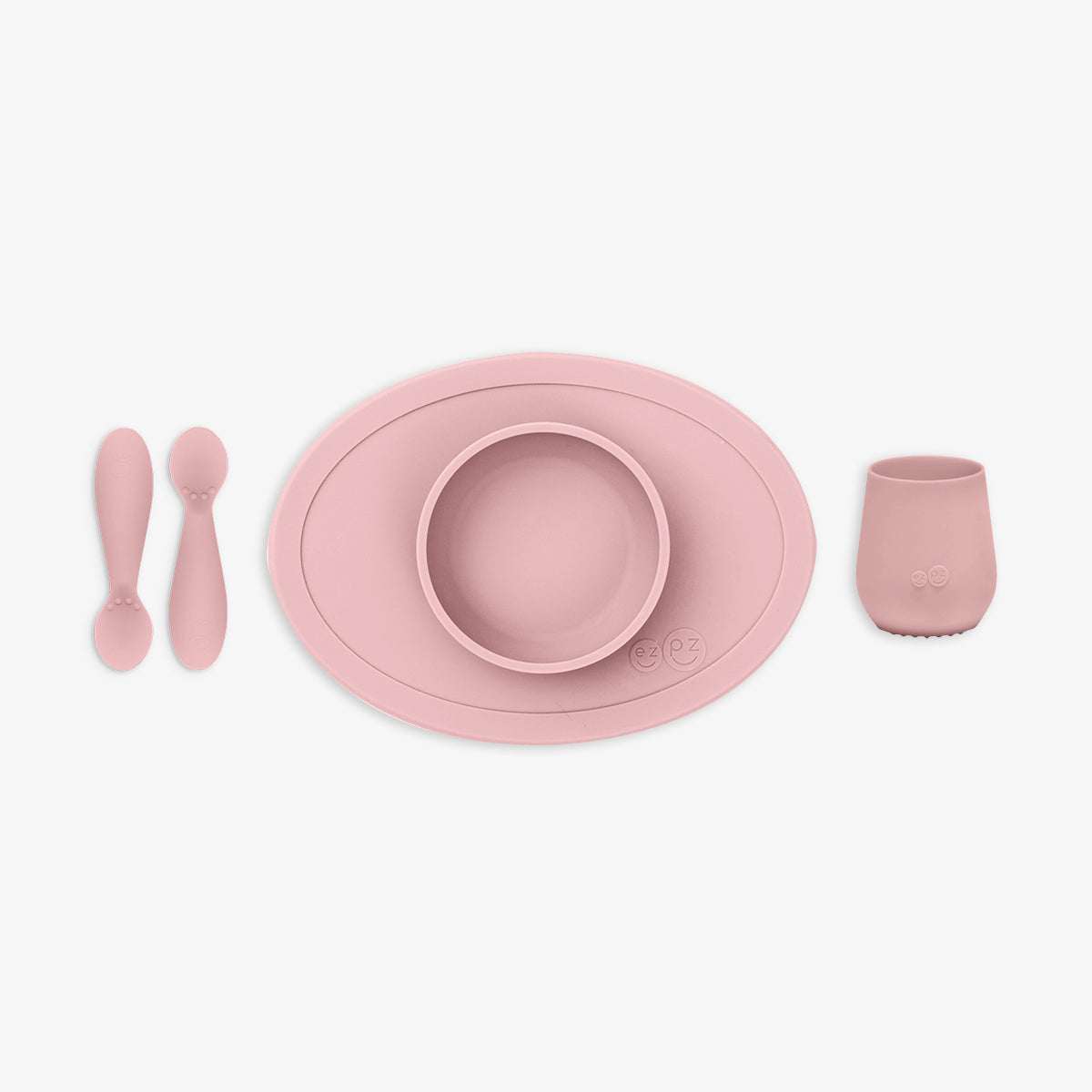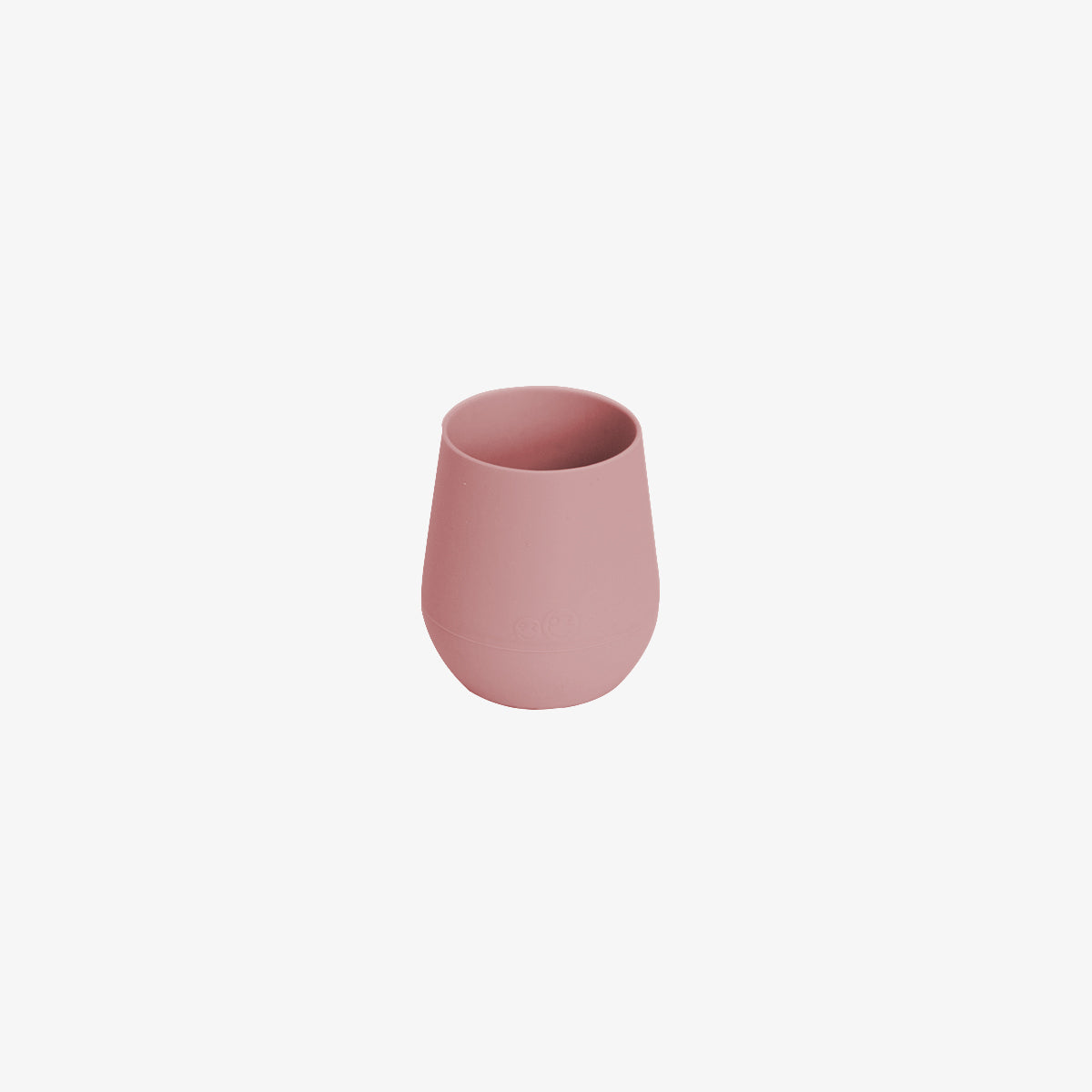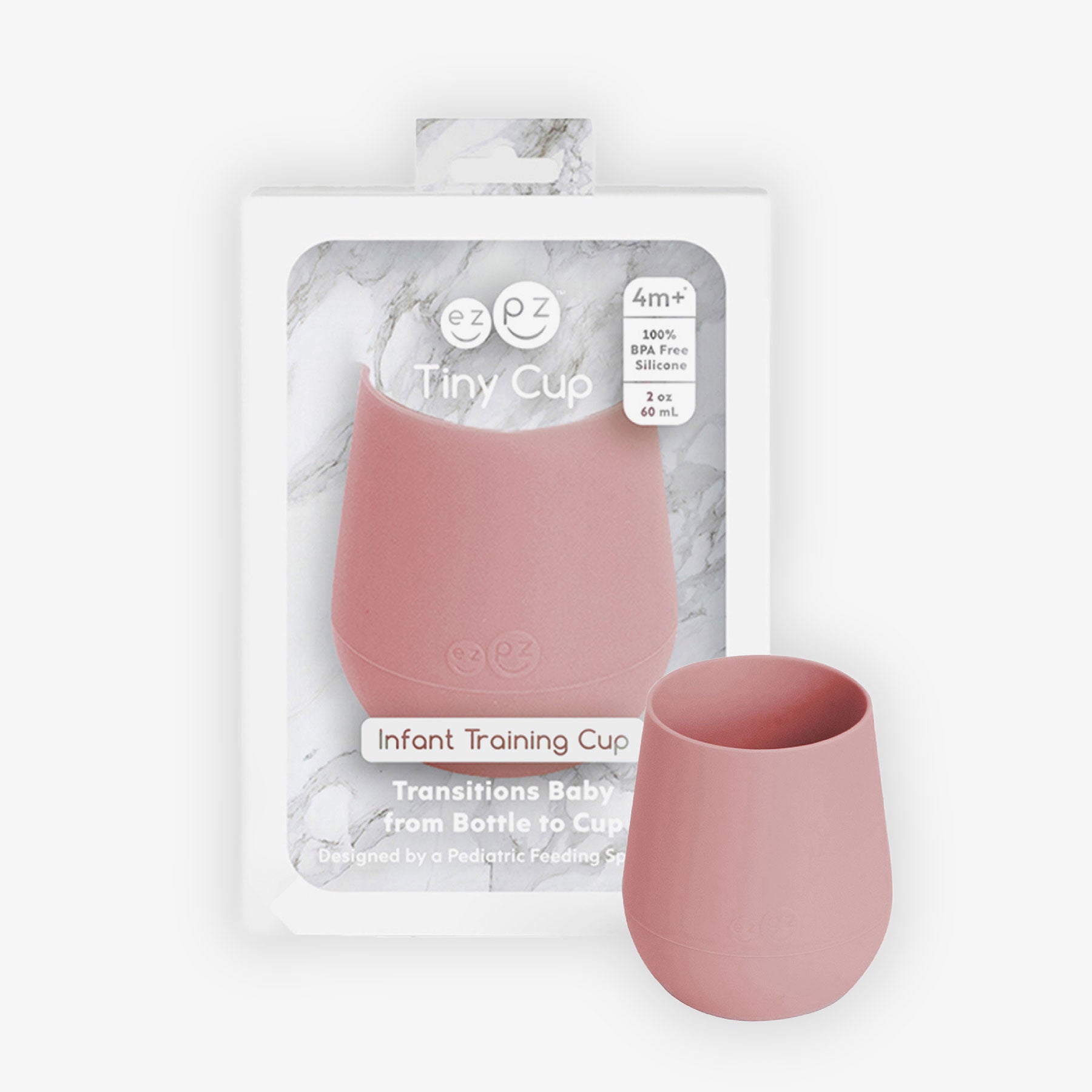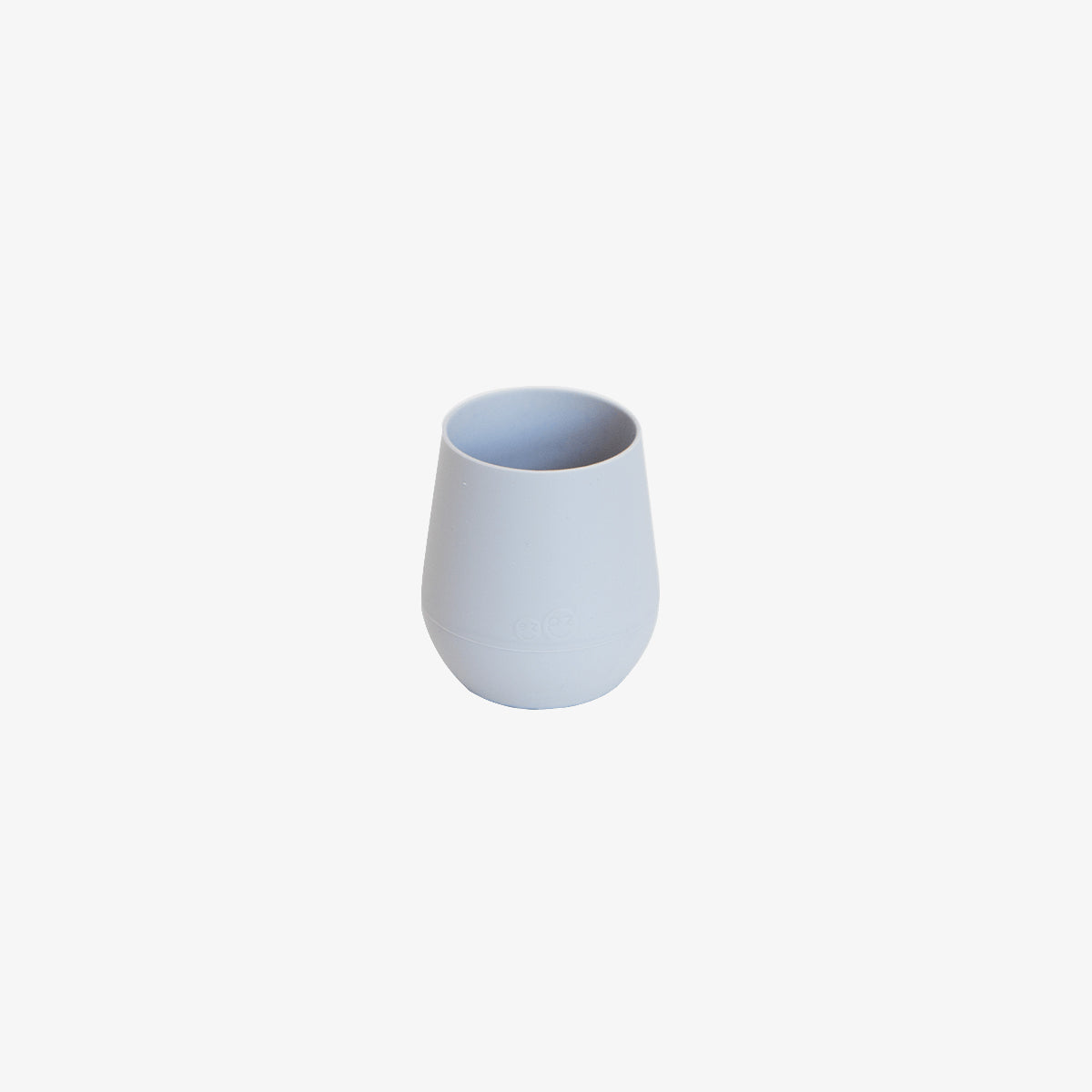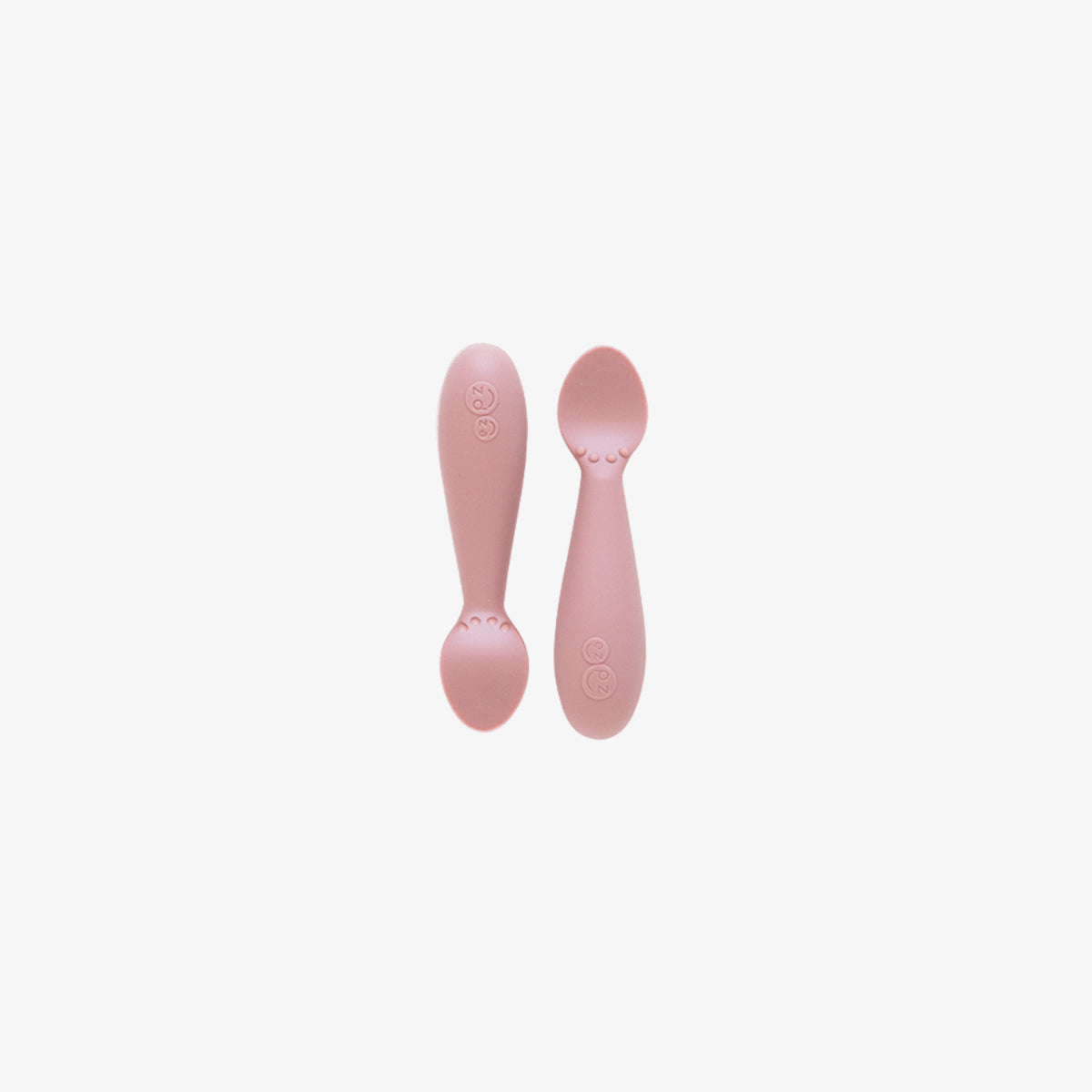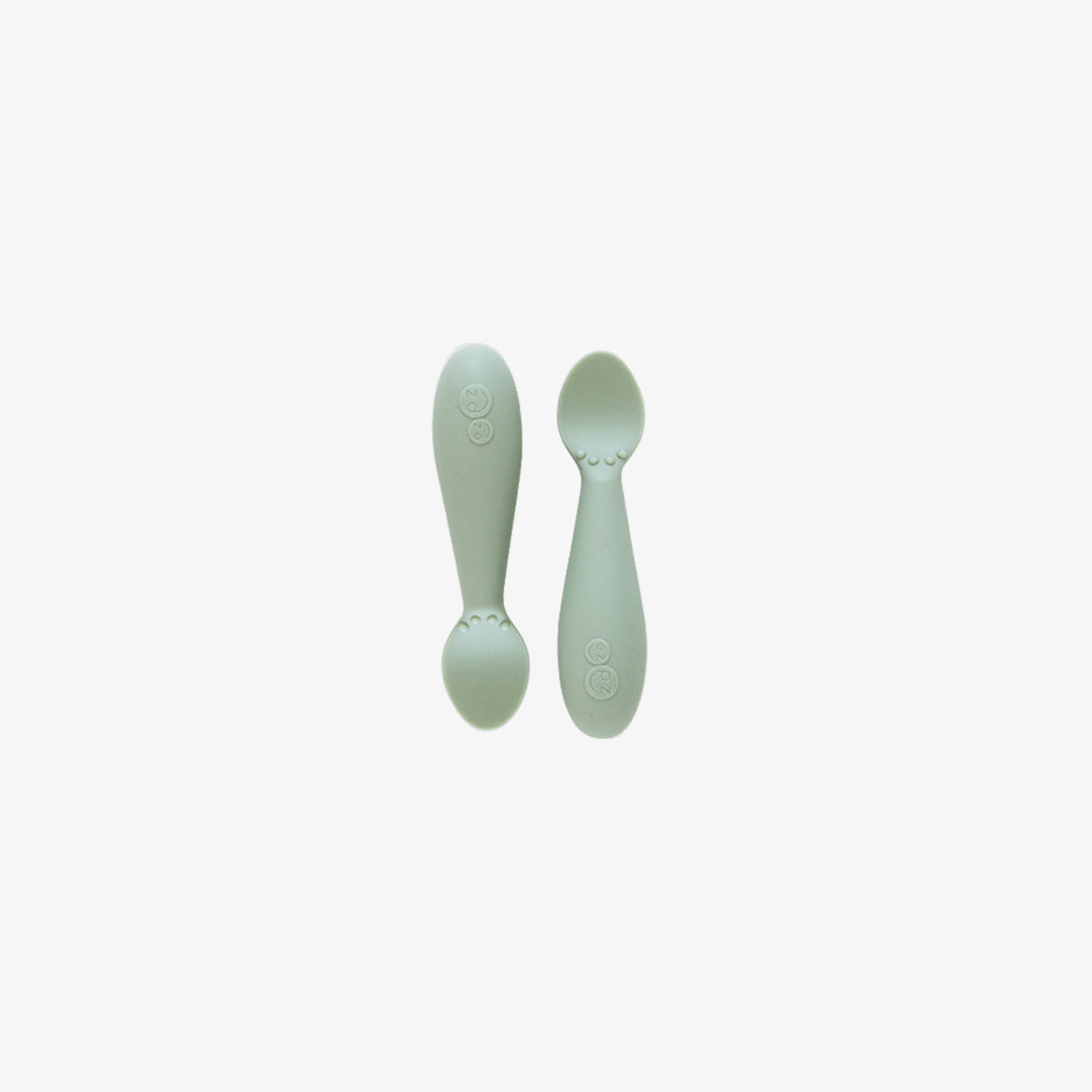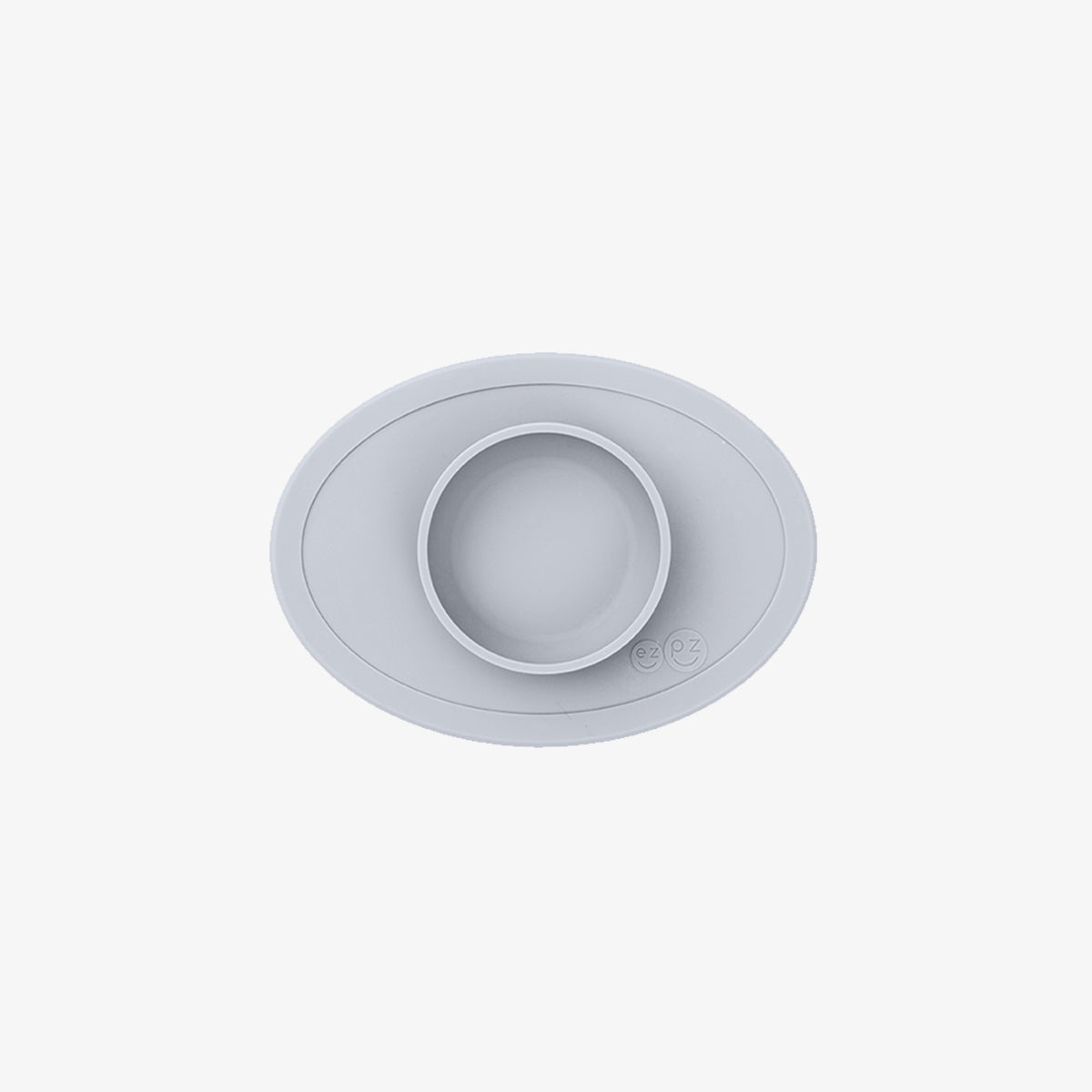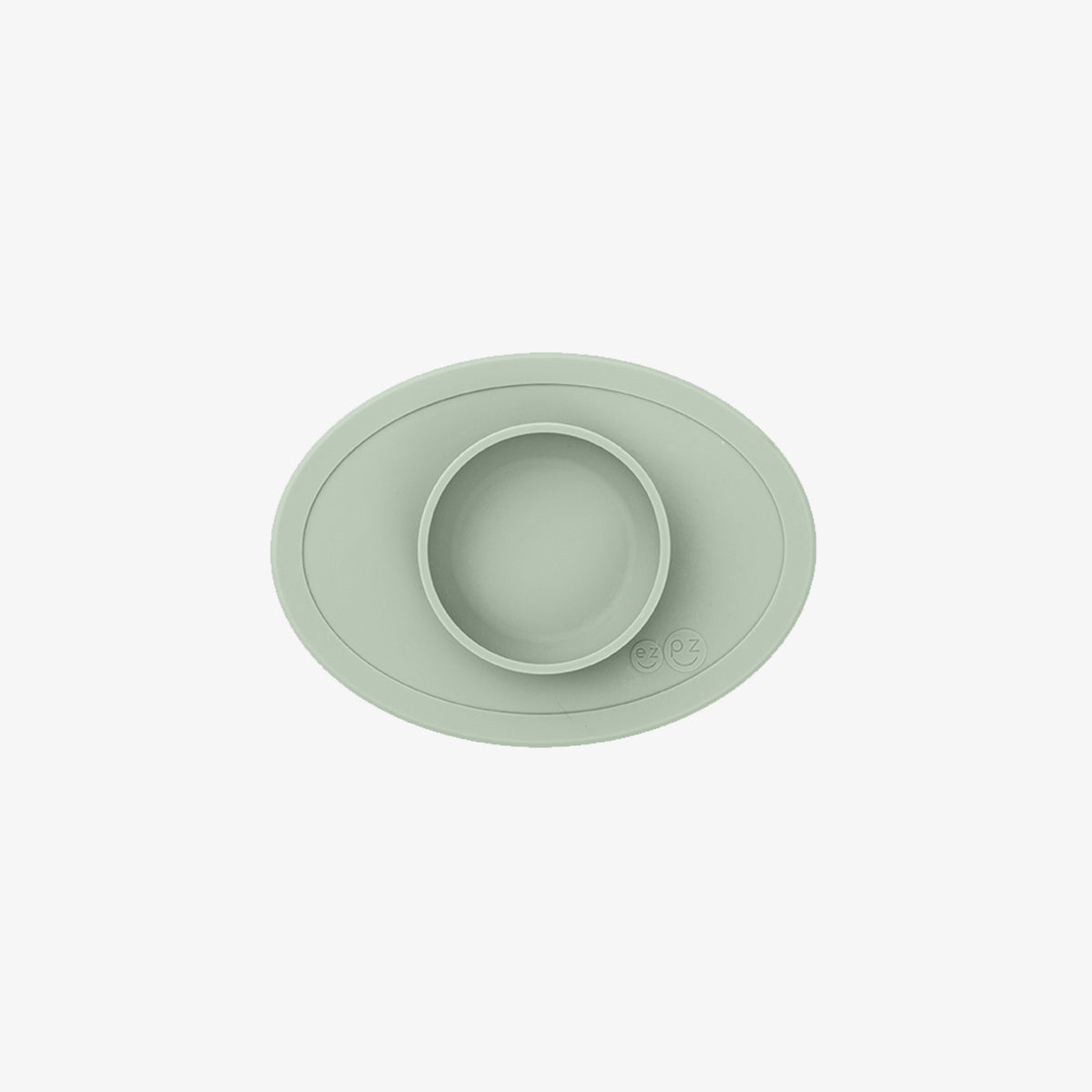Do you have a baby that consistently stuffs their mouth with food? Are you panicked about the possibility of choking? This is a common fear parents have, and one of the most common reasons parents contact me for feeding therapy. But before I set up an expensive feeding evaluation with them, I encourage them to try my four feeding strategies for overstuffing.
Offer Small Amounts: If you offer large portions of food to a baby, they can be visually overwhelmed and react by overstuffing their mouth. This may place them at risk for choking. I only serve three strips of food at a time to help decrease overstuffing. Afterwards, if baby would like more, then you can add three more! To help with safety, try my portion tips:
- Length of food = an adult pinky finger in length
- Width of food = an adult pinky finger in width
Model Safe Eating: Another feeding technique I use when starting solids is called modeling. This is when we model or demonstrate what we want baby to do with the three strips of food described above.
- Strip 1 is for you to model eating
- Strip 2 is for baby to eat while watching the model
- Strip 3 is for baby to eat without a model
To implement the modeling approach, eat one of the strips with baby and demonstrate safe eating and chewing (even if they don’t have teeth they can perform a ‘munch chew’ and safely eat soft foods). During this demonstration time, baby also has a strip of food and will be watching your every move. Make your chewing animated and fun! Now, there is only one strip left in the bowl. See if baby can eat the last strip without needing you to model it. Baby will want your undivided attention, though, so give lots of eye contact, praise and smiles! You will find that these teachable moments will strengthen your mealtime bond as well as help decrease overstuffing.
Offer Multiple Temperatures: For babies who tend to overstuff, I offer a variety of temperatures during mealtime to improve the sensory awareness in their mouth. This technique can decrease overstuffing.
- Mealtime Temperature Example: Try serving room-temperature breastmilk or formula in the Tiny Cup, warm baked sweet potato strips in the Tiny Bowl and cold blueberries that have been squished (to decrease choking risk) on the Tiny Spoon.
When I offer baby a variety of temperatures, their mouth tends to be in a more ‘alert’ stage, which tends to decrease the need to overstuff. You can also use this temperature technique during baby’s teething stages to decrease crying and irritability. You’re welcome!
Offer a Highchair with a Footrest: Clinically, I find that babies have decreased overstuffing episodes when they are seated comfortably and safely in a highchair with a stable and adjustable footrest.
- Foot Placement: Sometimes parents tell me that they own a highchair with a footrest, but their baby won’t be able to reach the footrest until they grow into it. I explain that, unless they want to wait a few more months to offer solids, they need to consider purchasing another highchair with an adjustable footrest (or manipulate the one they have in order to give baby a safe alternative right now). One solution is to tape small boxes to the footrest to make it higher and/or tape towels to fill in the gap around baby’s trunk to help baby achieve a secure position.
Does your baby tend to overstuff their mouth with food? I hope these tips have empowered you to implement new feeding strategies and enjoy mealtime with your little one! If you use ezpz products with your baby, please tag us in your pics by using our hashtag #ezpzfun.
